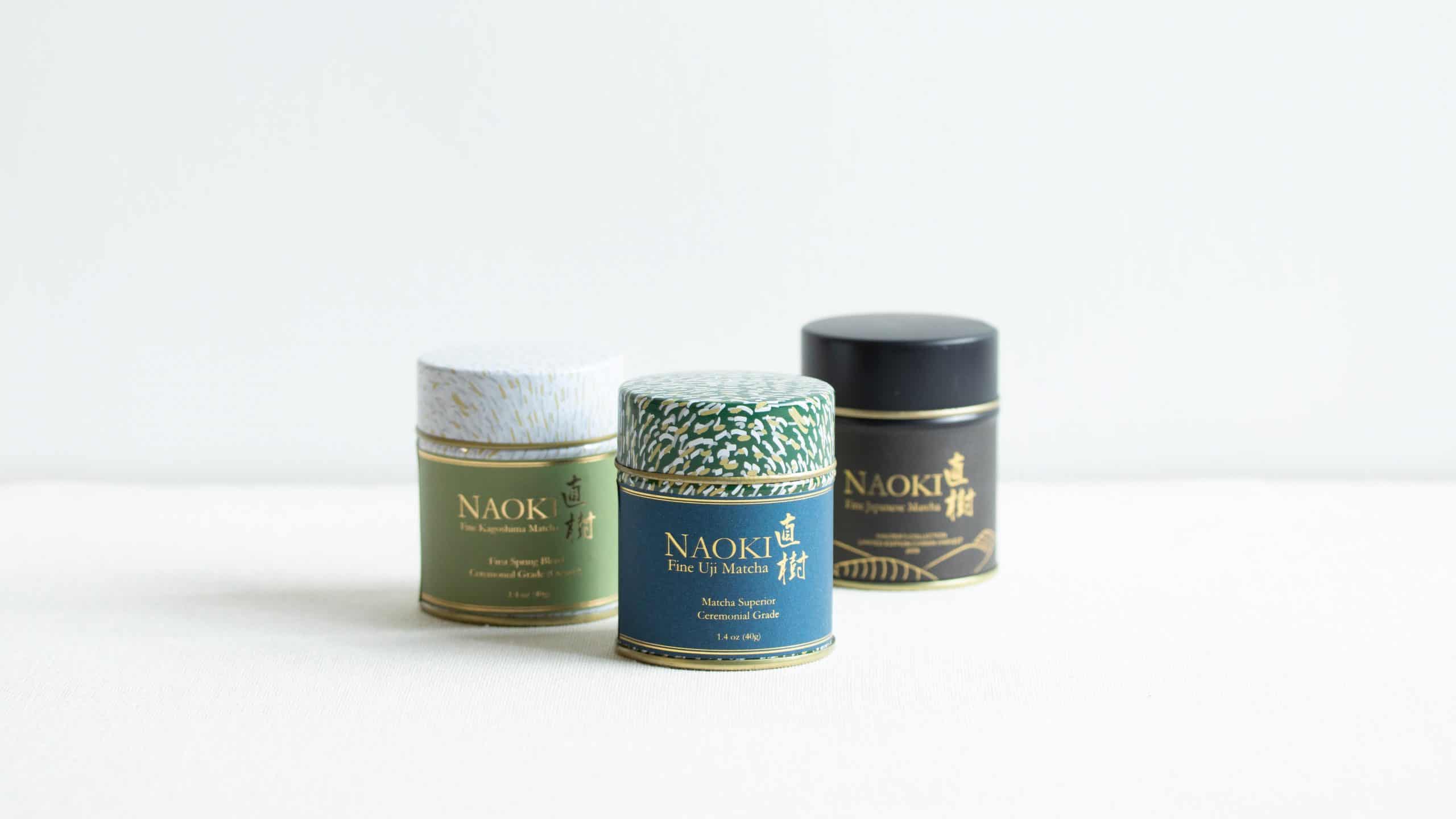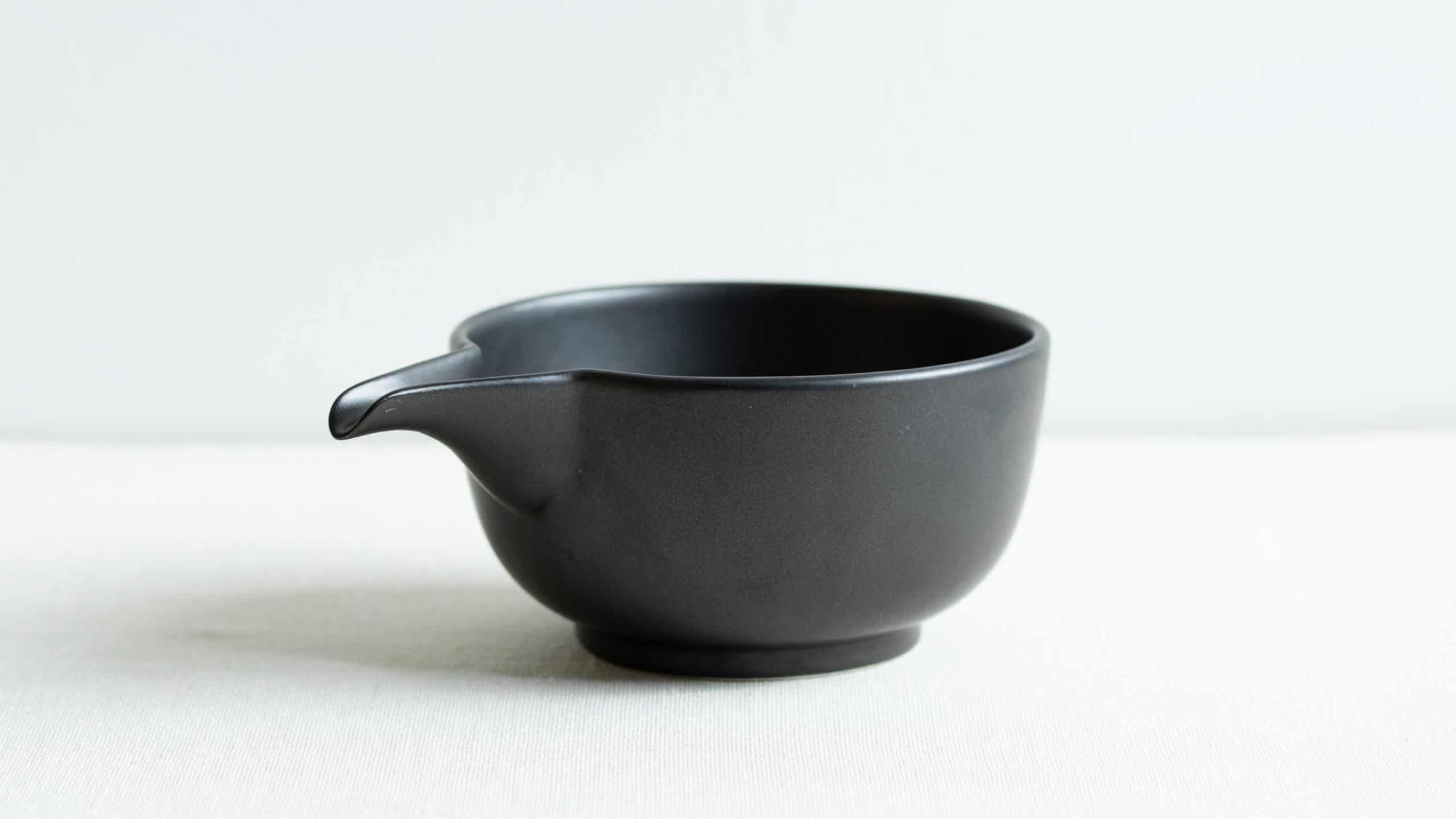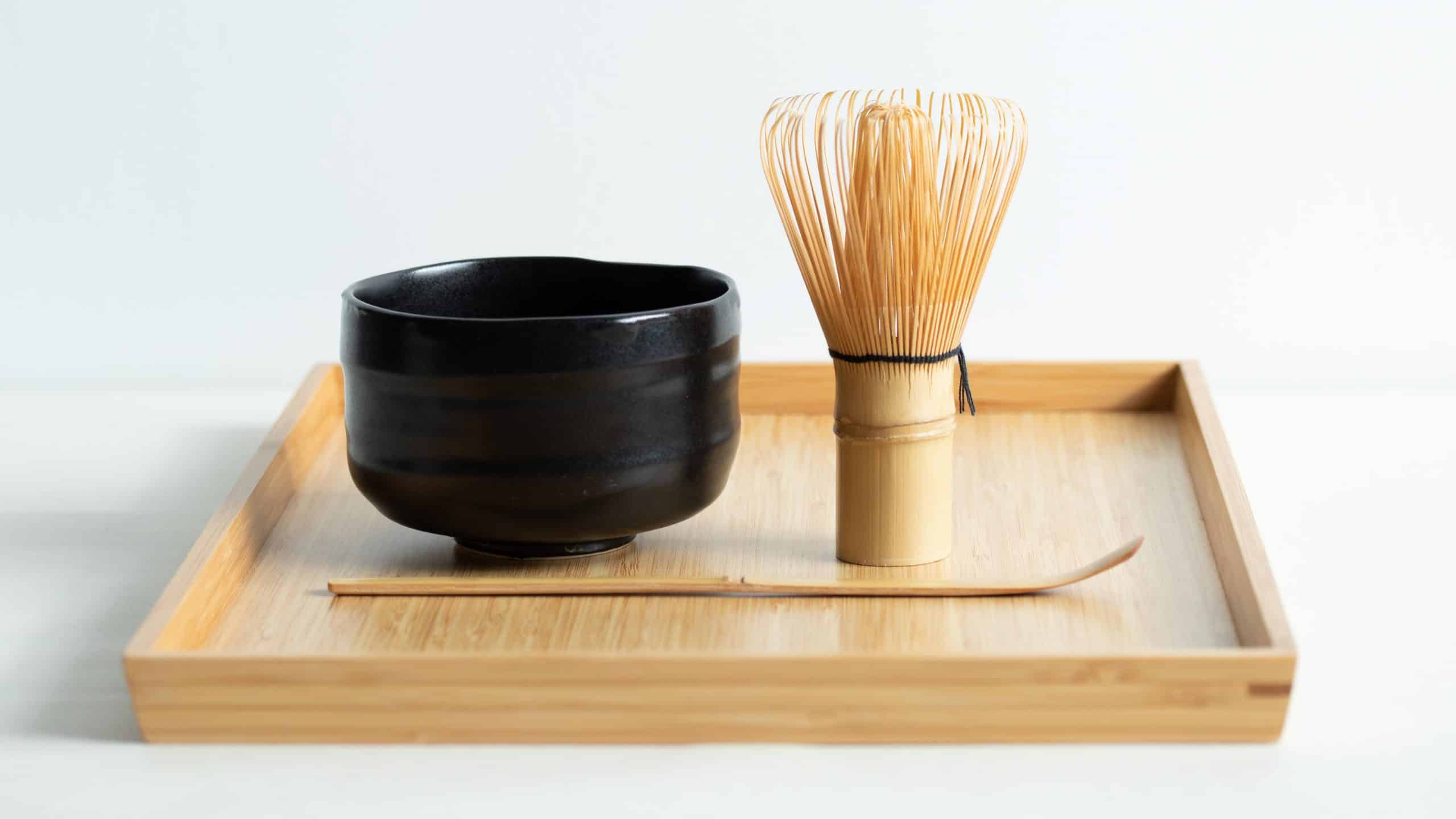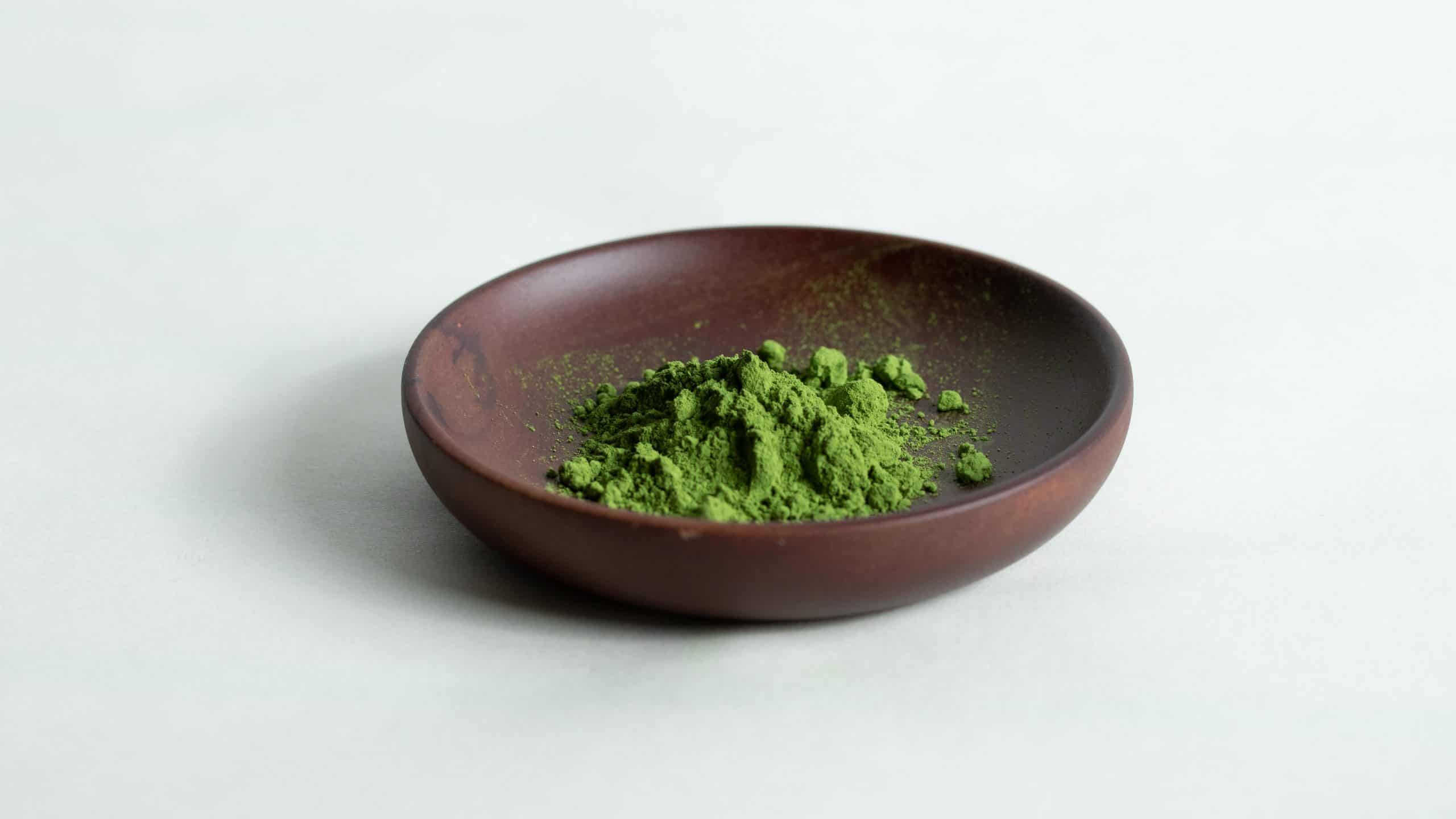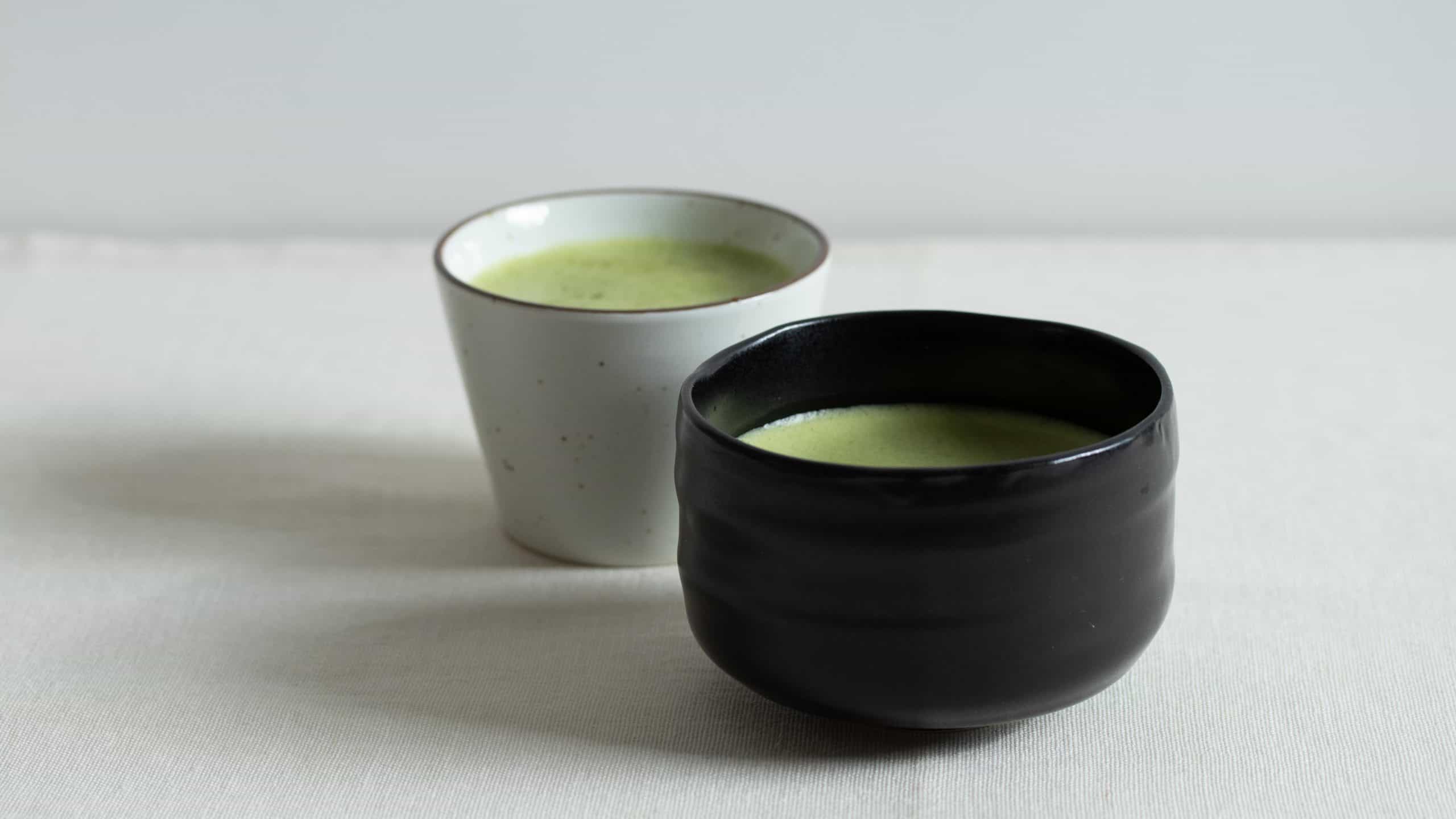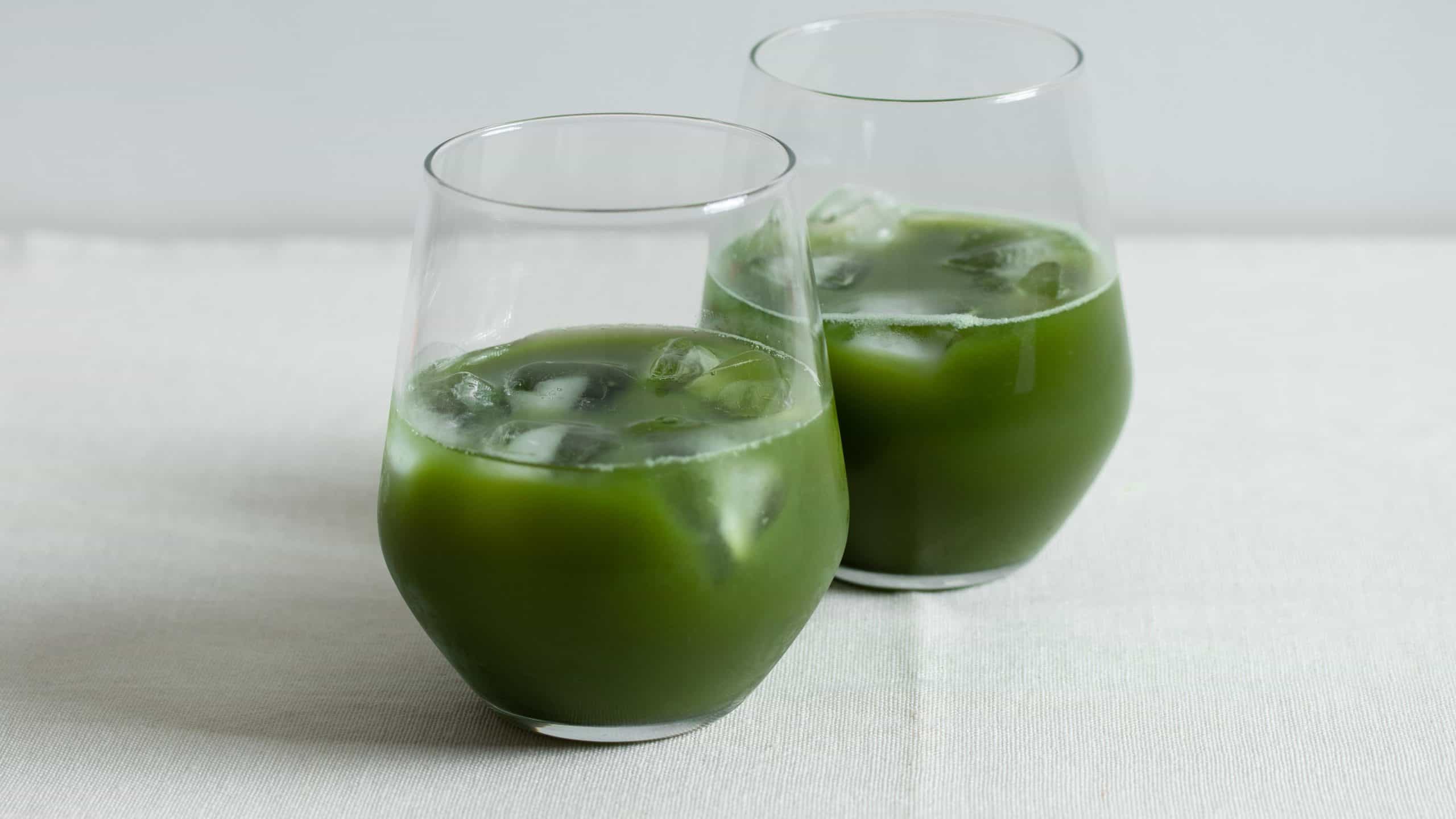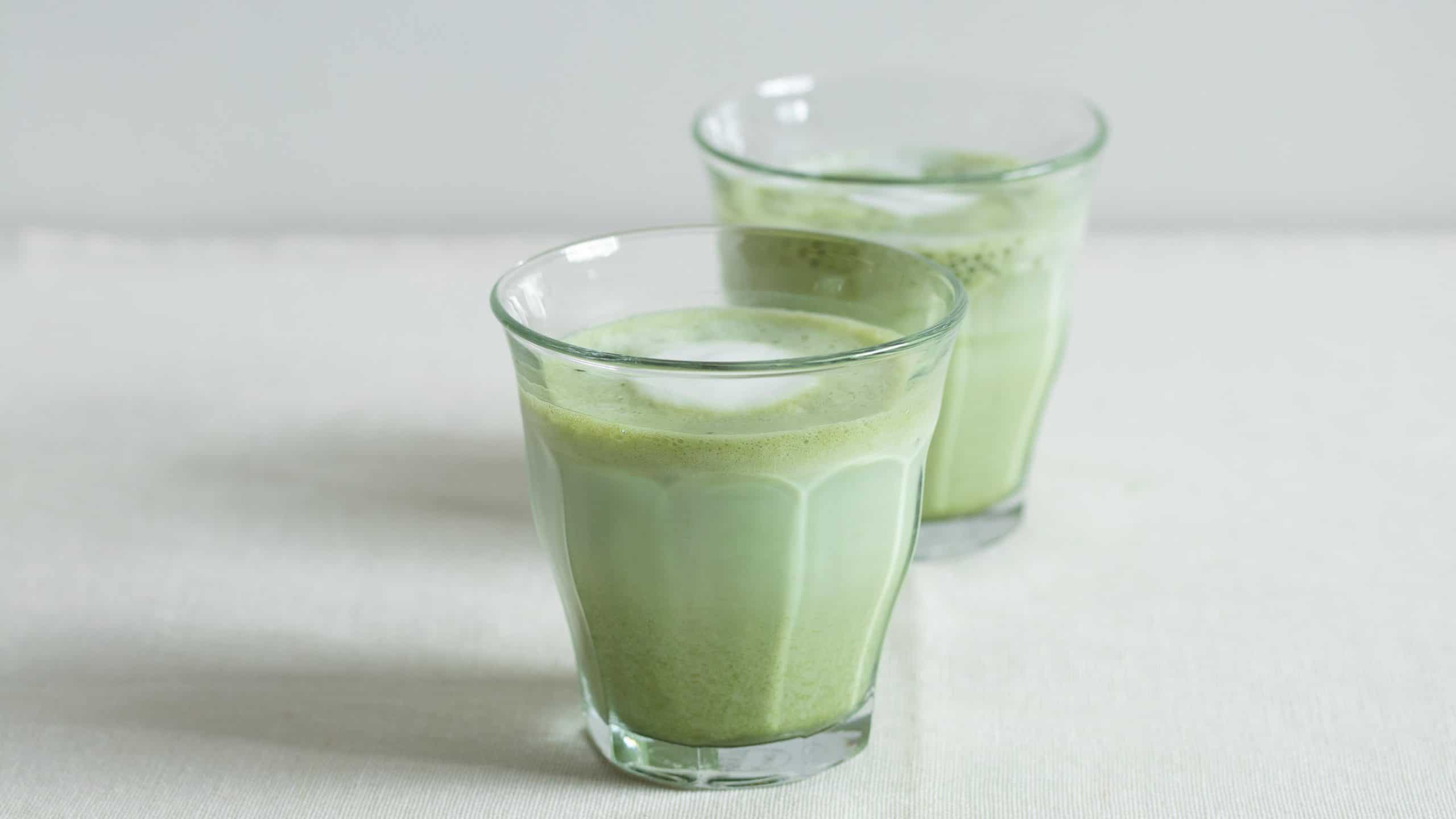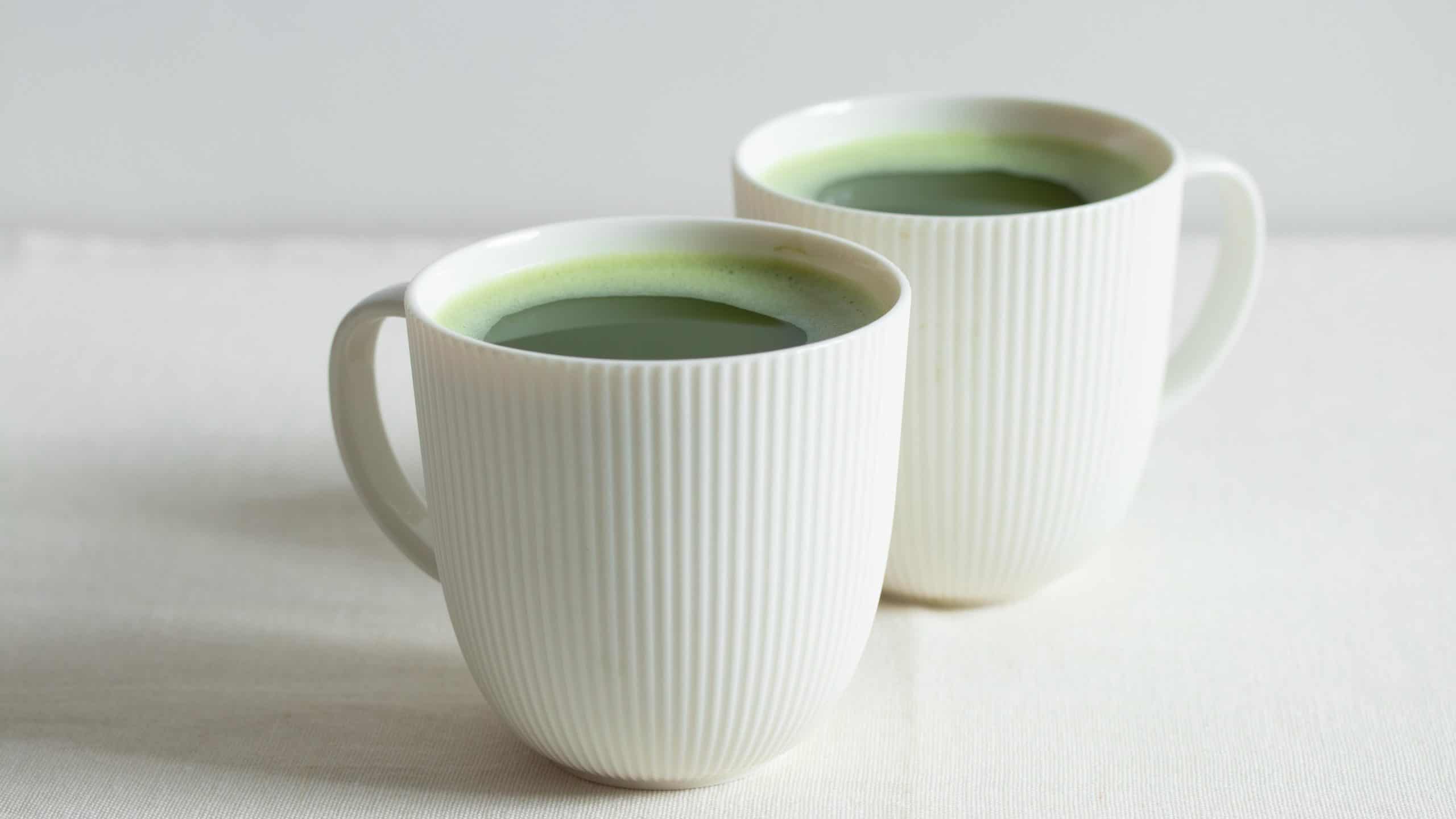Instruction Manual for New Users
Select an option:
Unboxing and storage
How to unbox your matcha
Most of our matcha come in sealed foil bags packed into the cans. When you open the can, gently remove the foil bag from the can. Some of our matcha comes with a redesigned bag that allows you to easily cut or tear the bag open.
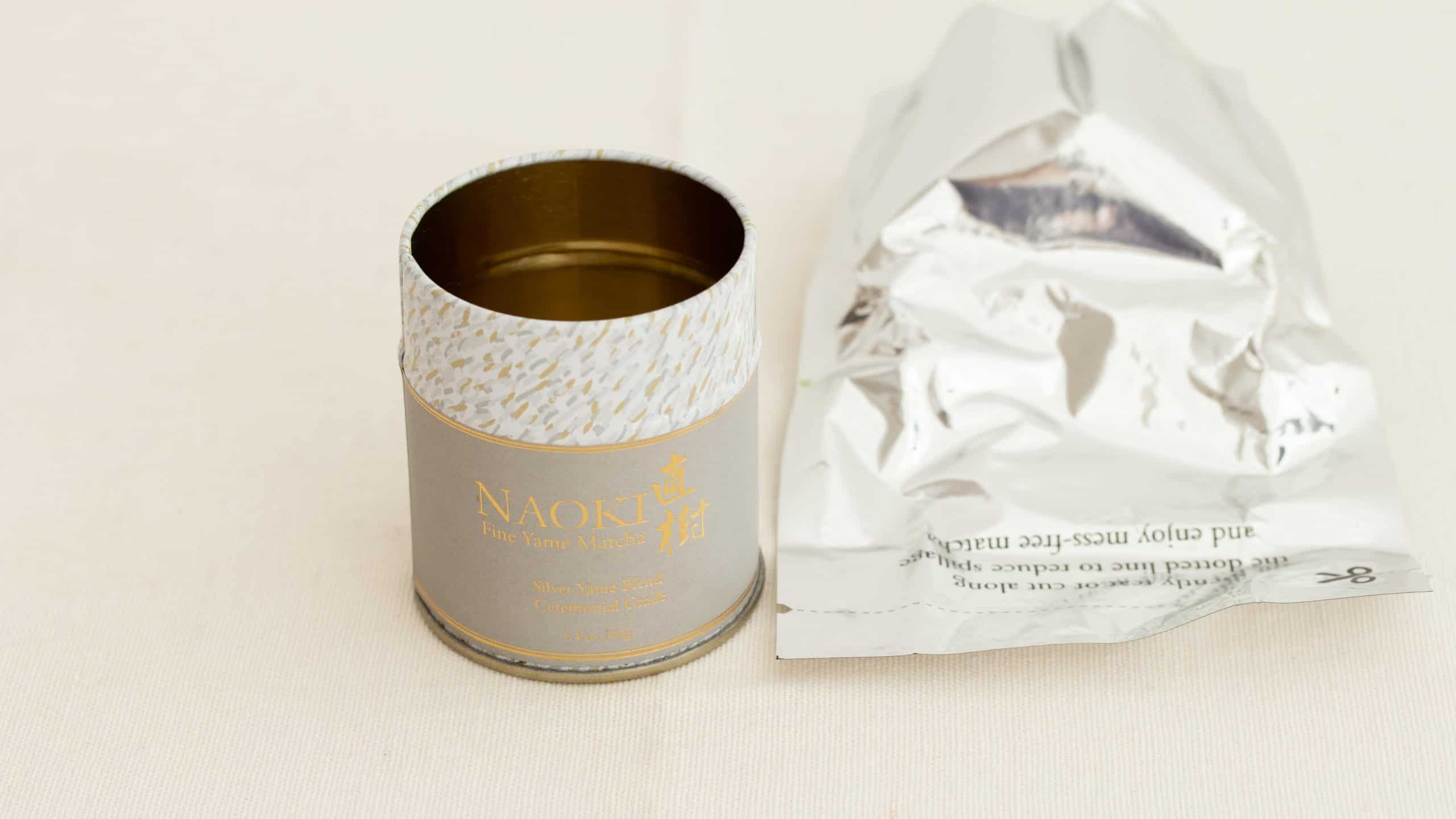
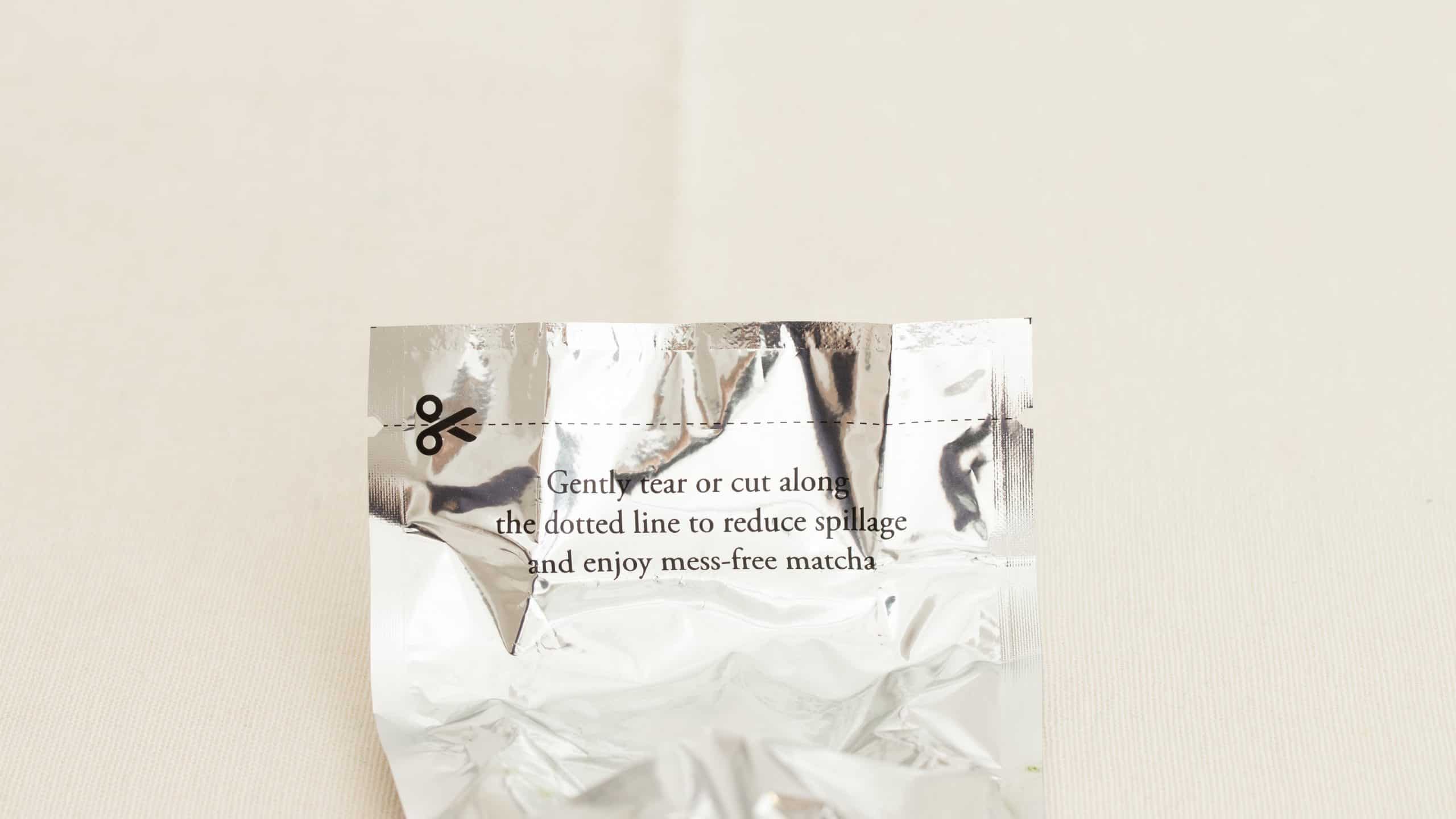
These foil bags were deliberately designed to open wider on top so that scooping matcha out is an easier process.
How to store your matcha
To store your matcha, clip the bag shut and store it in the tin can. Place the tin can in your fridge. This prolongs the freshness of the matcha.
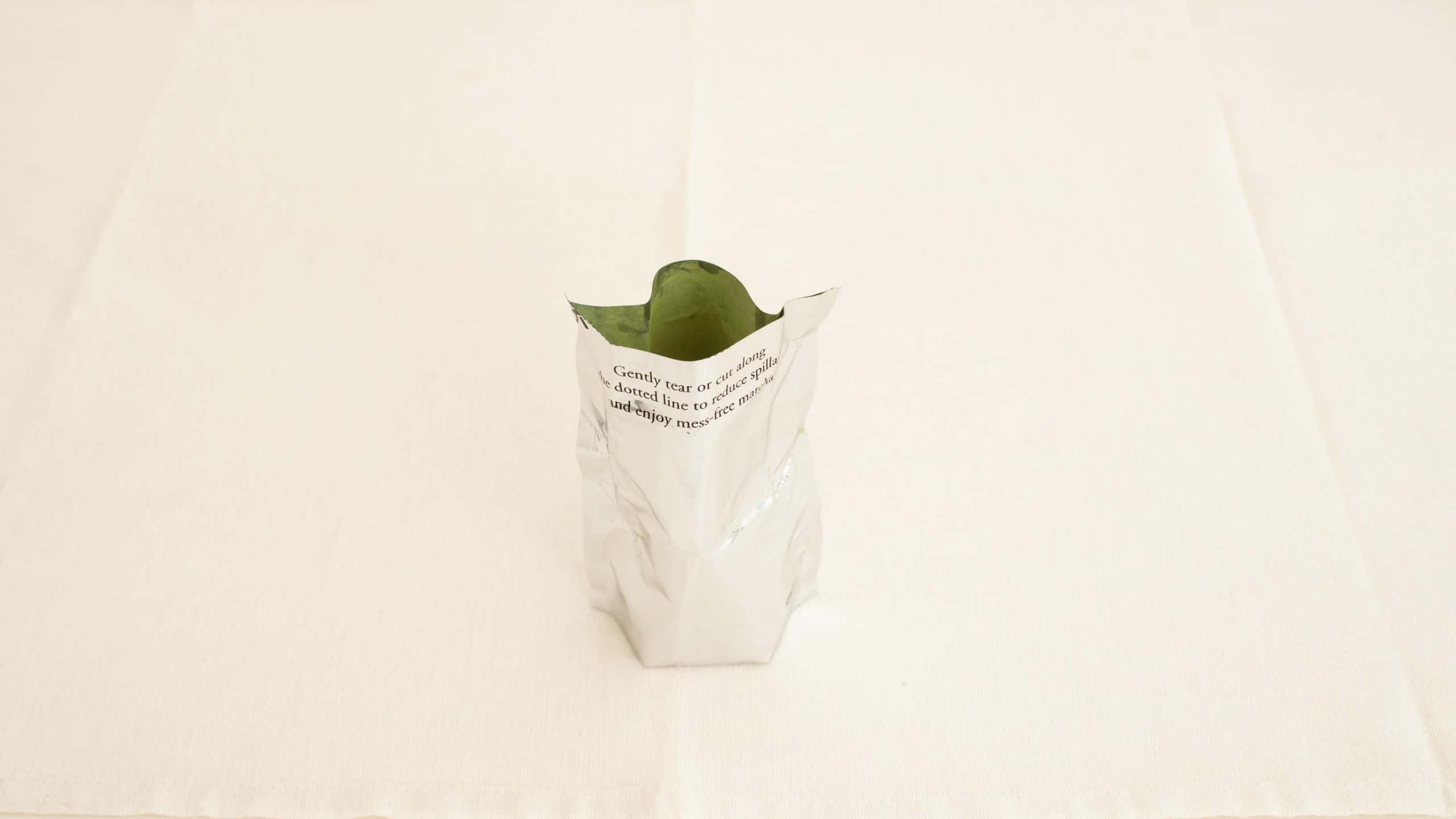
Make a horizontal cut along the dotted line.
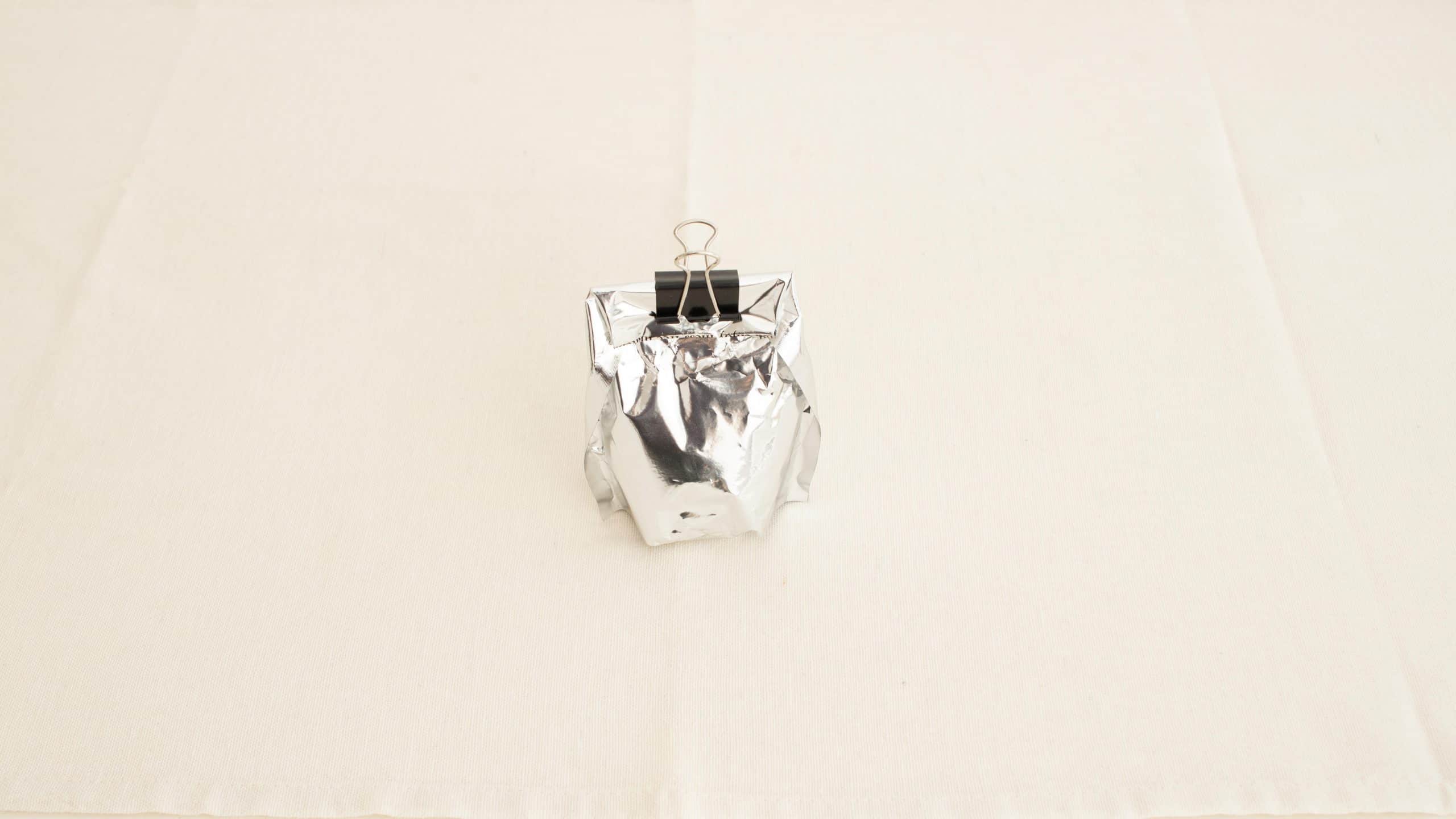
Matcha should be stored in a cool, dark environment to prevent oxidation. Oxidation is bad for matcha and causes changes in its taste and flavor profile. We usually store matcha in the fridge to preserve it for as long as possible. When kept refrigerated, matcha will retain its flavors for up to 6 months.
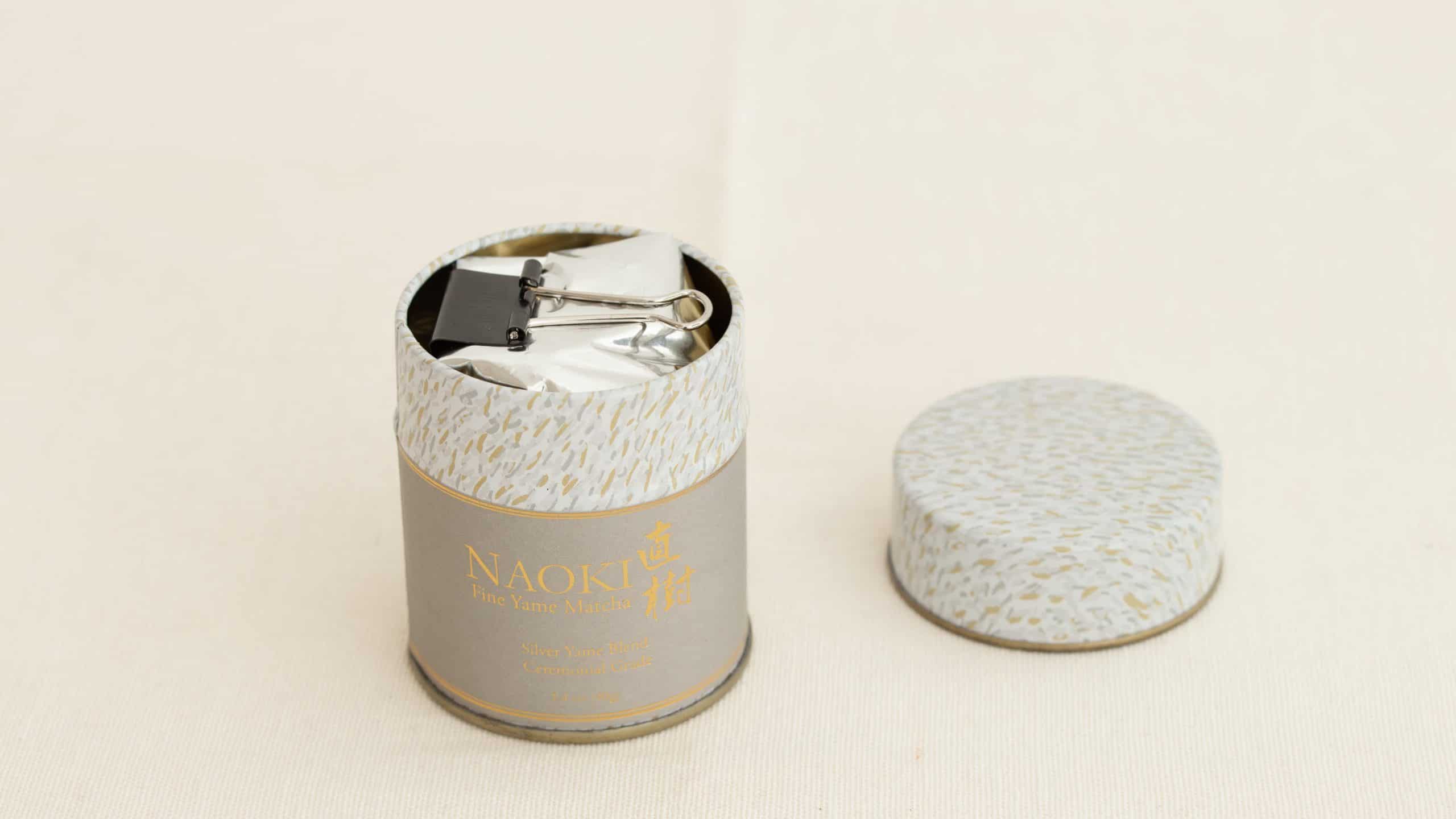
How to prepare matcha
The way you prepare matcha greatly affects its taste, so it pays to do it right. Below are some of the more common matcha recipes. We regularly update our stable of recipes, so be sure to view our separate recipe page if you don’t see what you’re looking for.
Essential tools and tips for making matcha
It’s always best to prepare matcha using the proper tools, but we fully understand that these may not be available everywhere. Here are some workarounds and hacks we have tested over the years.
How to mix matcha and water and avoid clumps
Use a bamboo whisk
Using a traditional bamboo whisk to whip up your matcha has a meditative quality to it that helps calm the mind down. The design of the whisk has also been optimised slowly over centuries to allow matcha and water to be mixed quickly and evenly. Use your wrist to whisk rather than your arm.
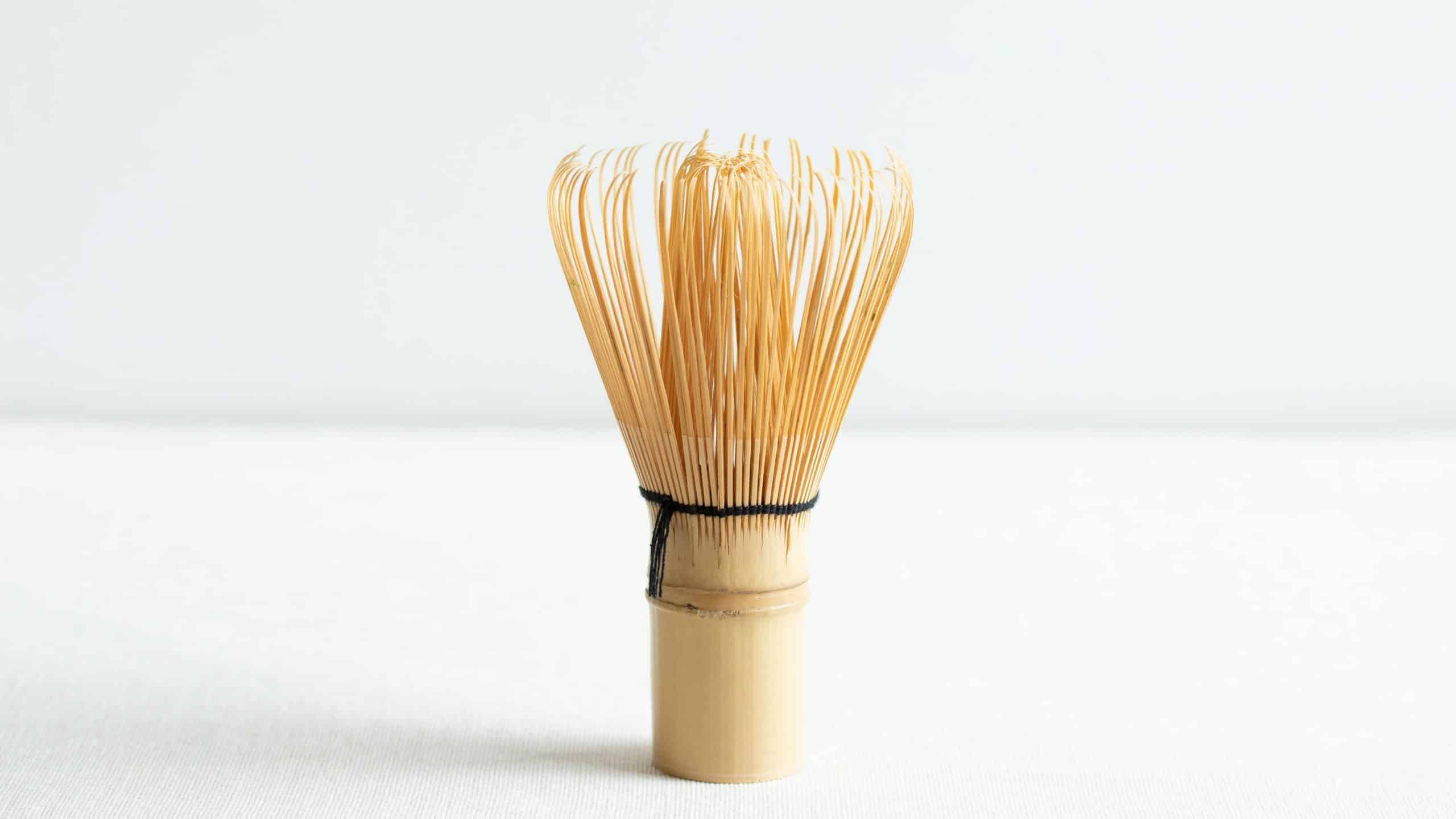
No whisk? Try shaking the matcha in a bottle instead
This methods allows anyone to prepare matcha anywhere quickly and easily. Shaking is usually enough to thoroughly mix the water and matcha. If the matcha settles to the bottom after some time, simply give the bottle another good shake to evenly distribute the matcha particles.
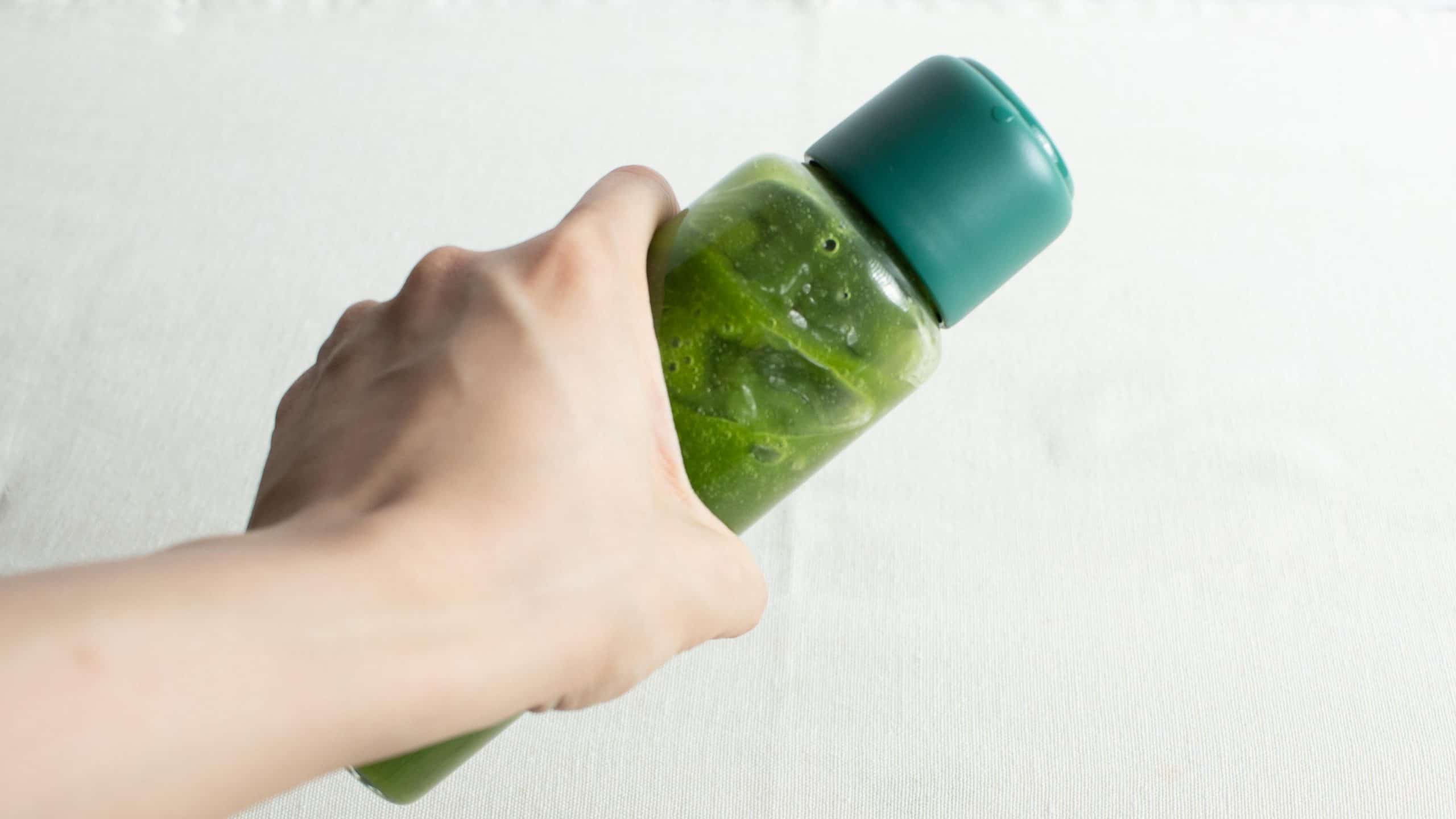
Use a battery-operated milk frother
These inexpensive battery-operated milk frothers are very helpful in gently mixing matcha and water. However, we find that the shaking method above is preferable as less cleanup is required and there’s no need to involve batteries.
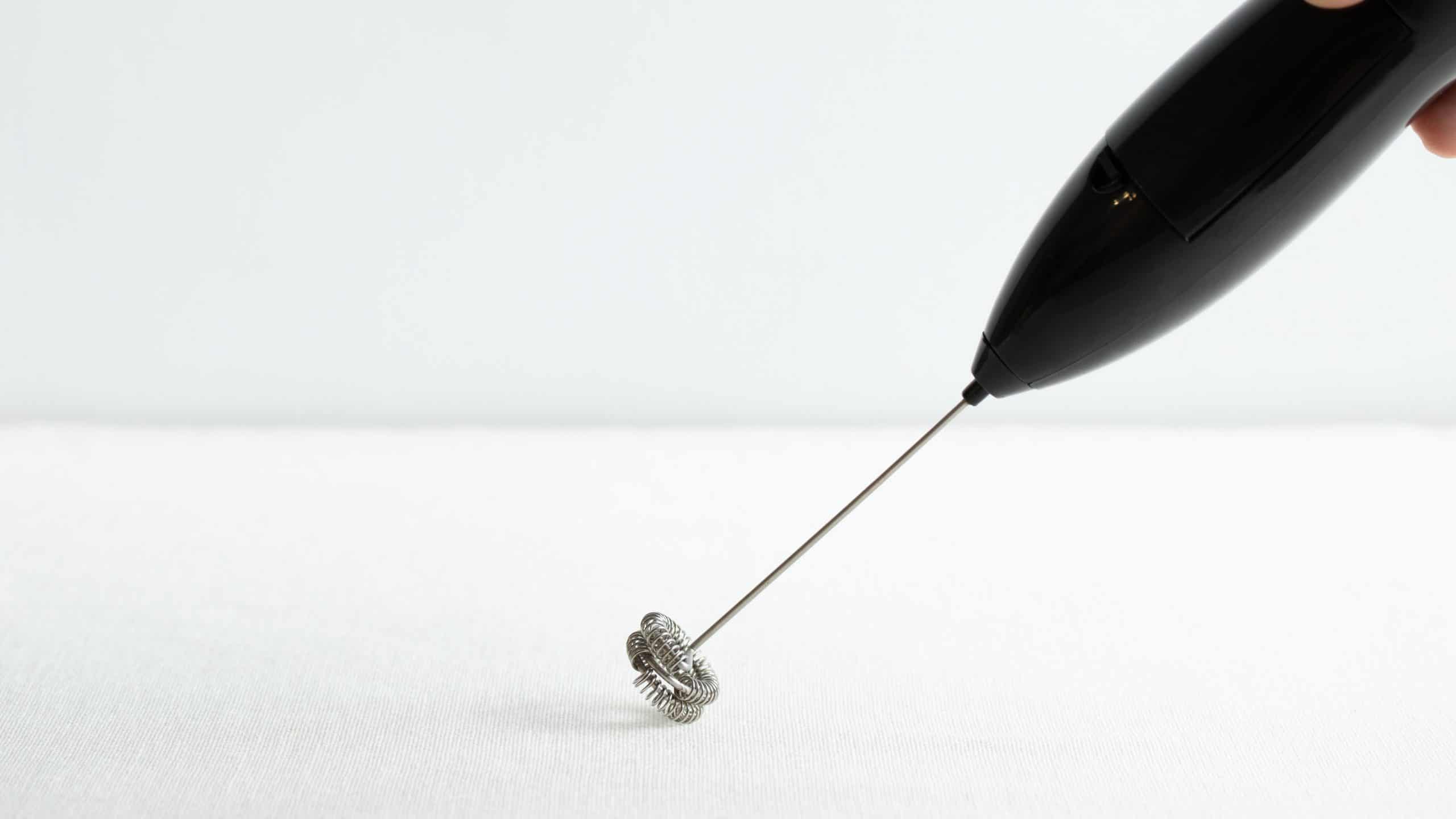
Sift matcha before adding water when making traditional matcha tea
When making usucha or koicha, one of the things to do before adding water is to sift the matcha. This helps to forcefully break up any clumps even before hot water is added.
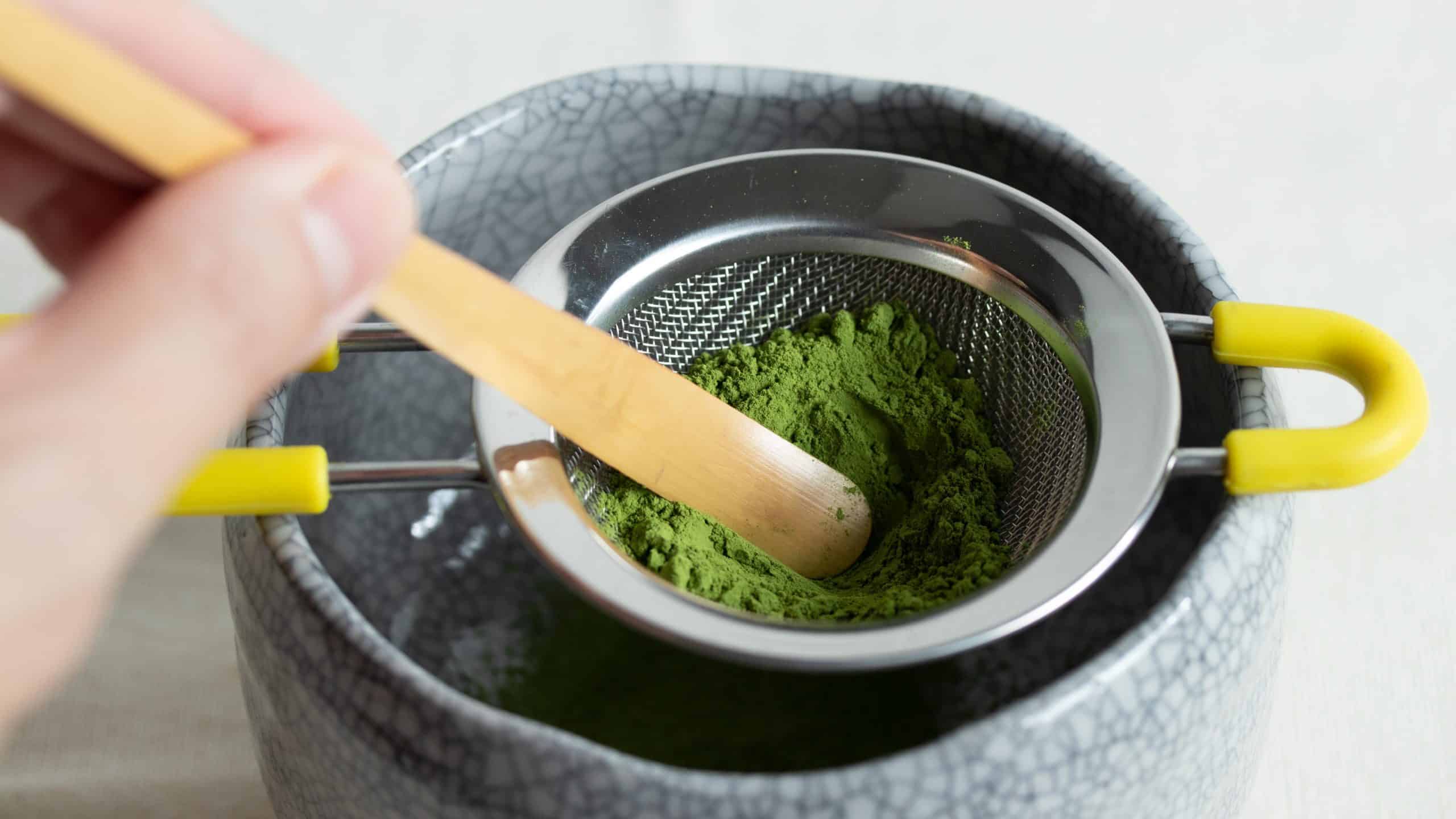
How much matcha to use?
One serving is 1 standard teaspoon or 2 grams
We mostly measure matcha using standard measuring spoons because it makes life easier. A teaspoon of matcha is 2 grams and contains about 70mg of caffeine.
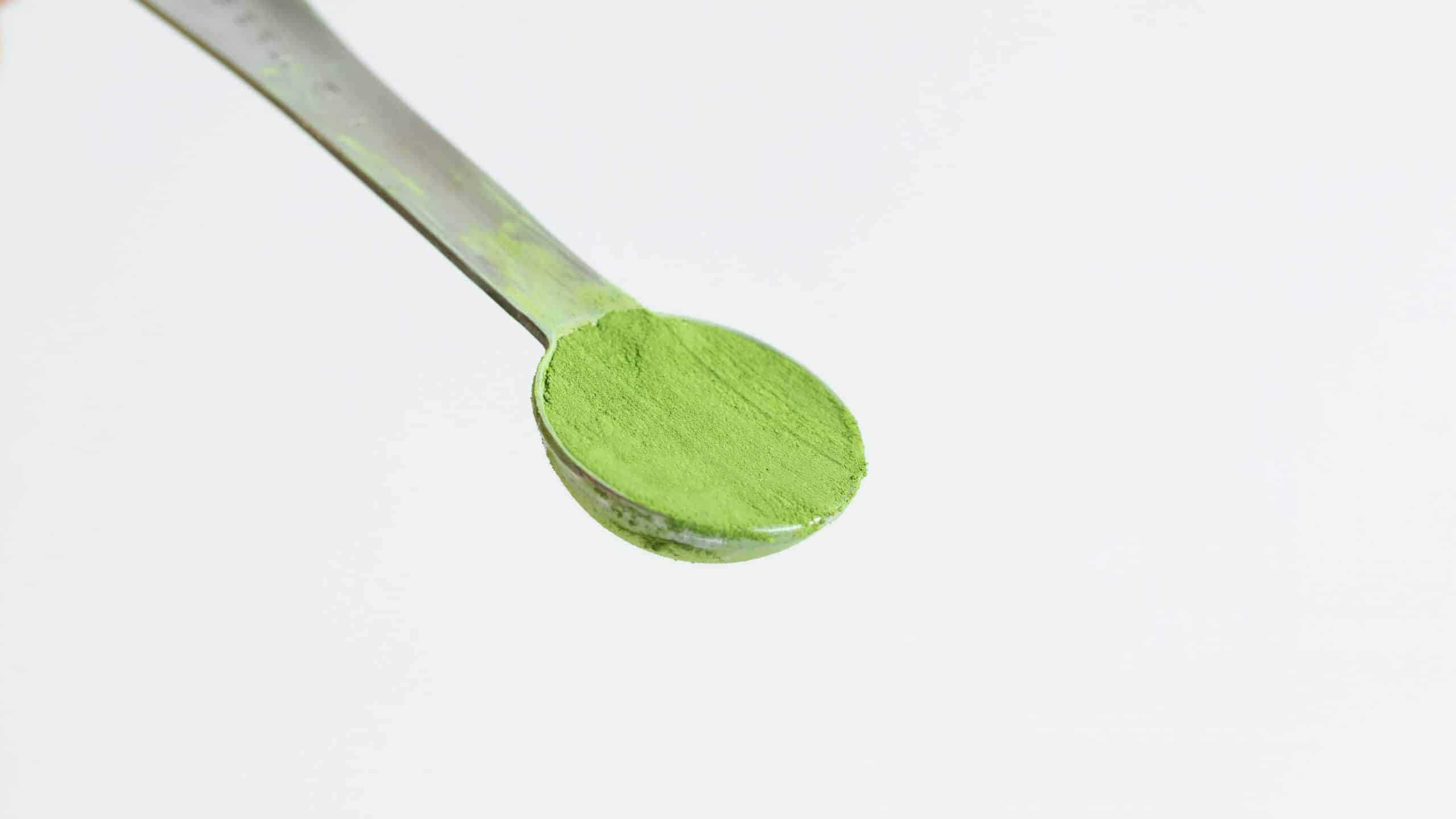
Chashuku
The traditional way of scooping matcha from a container is by using a bamboo scoop, or chashuku. 1 heaped mound of matcha on a chashuku is approximately half a teaspoon, or 1 gram.
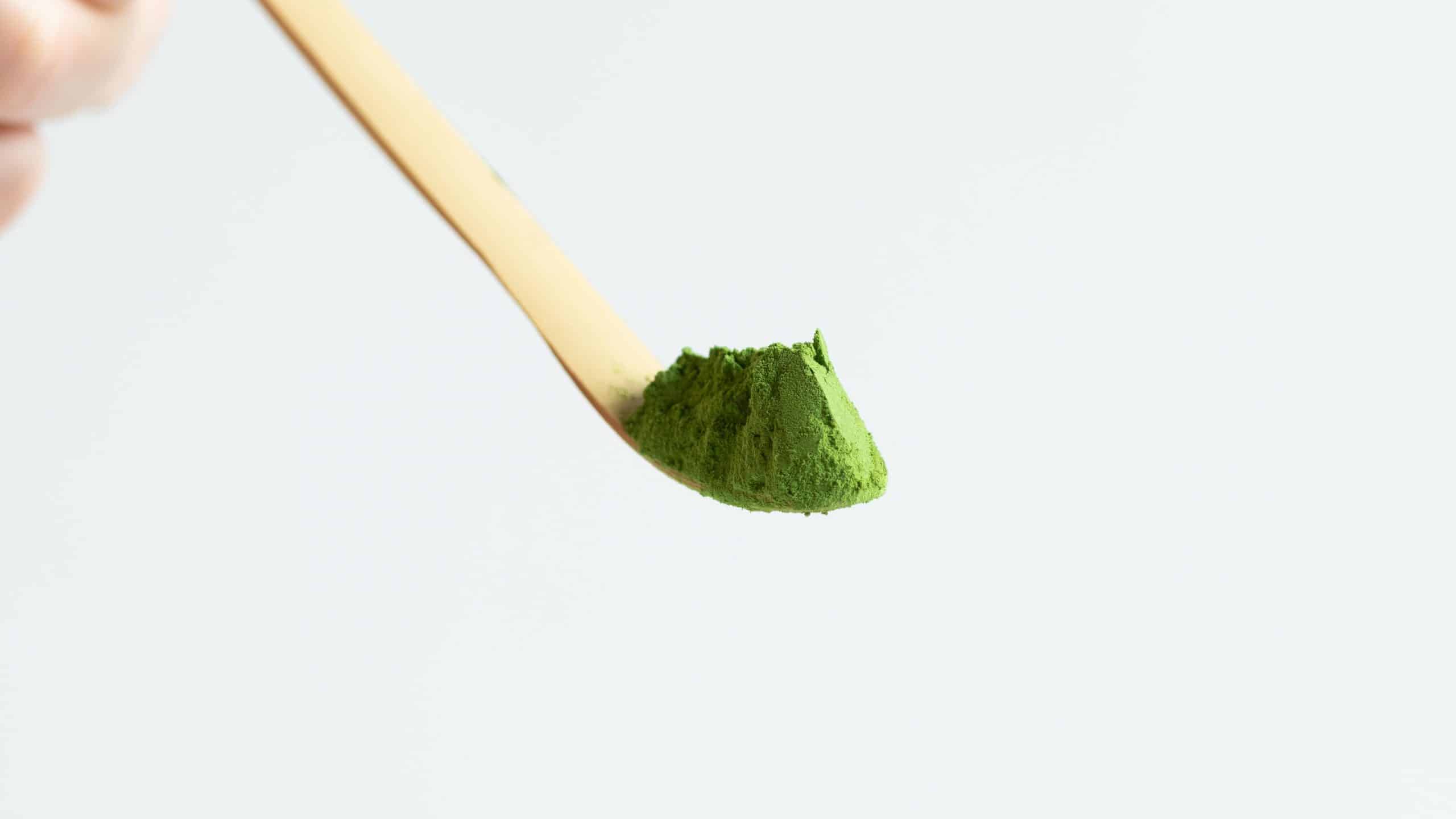
How to get the temperature right
Do not use boiling water to make matcha
Hot water makes matcha bitter and unpleasant. The ideal temperature for making matcha is 175F or 80C. Anything hotter than that is not recommended.
Note: Where we’re making the matcha shot base for lattes, we usually do not bother with using hot water. We use room temperature water.
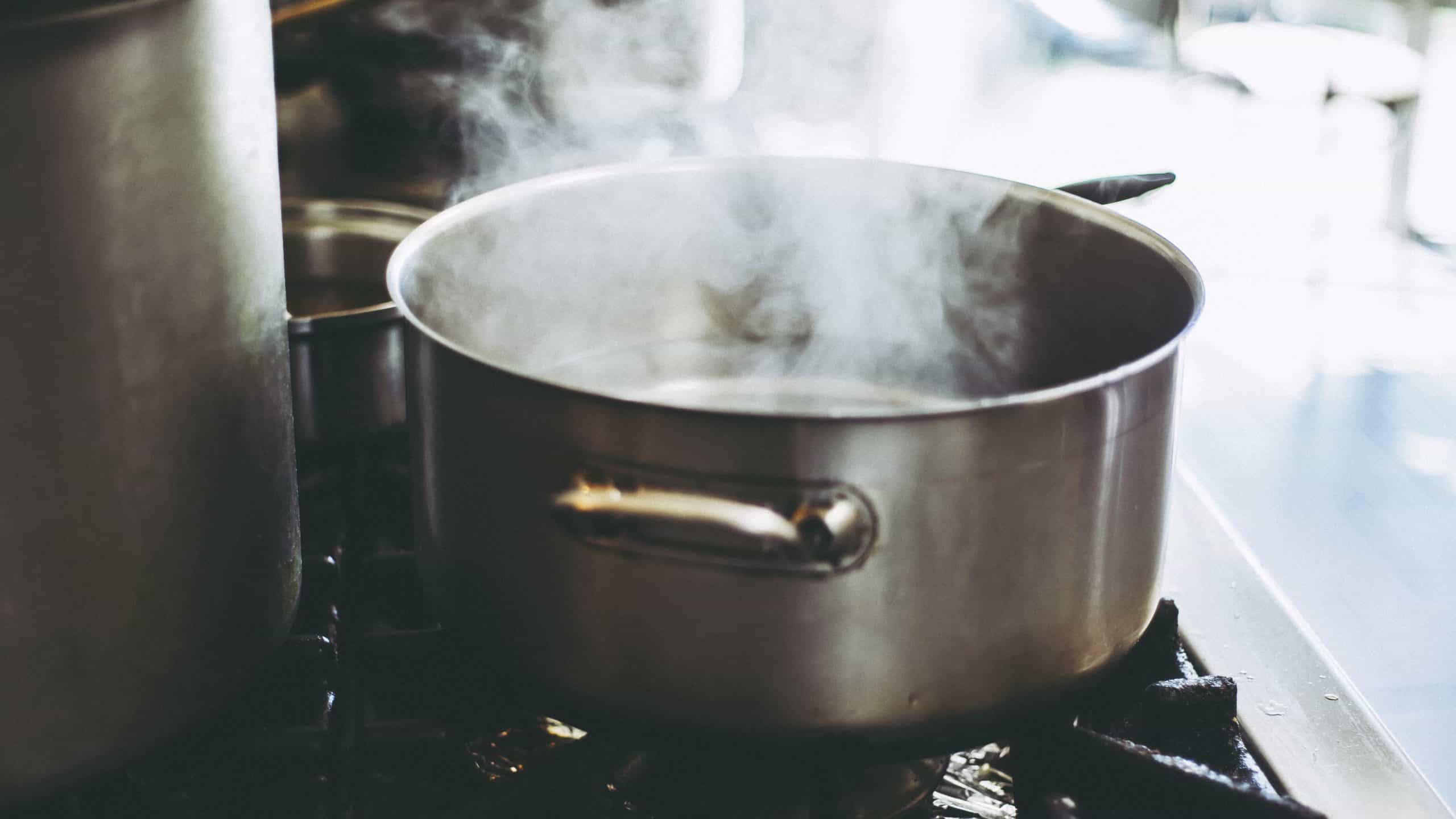
Allow boiling water to cool for a few minutes first
Instead, pour boiling water into a large bowl or vessel to allow it to cool off for a few minutes. The item picture on the right is a yuzumashi. It is how hot water is traditionally cooled in Japan, but any bowl or measuring cup will do.
Hack: Pour boiling water into the vessel and wait exactly 90 seconds. The temperature should end up at about 80C, just right for matcha!
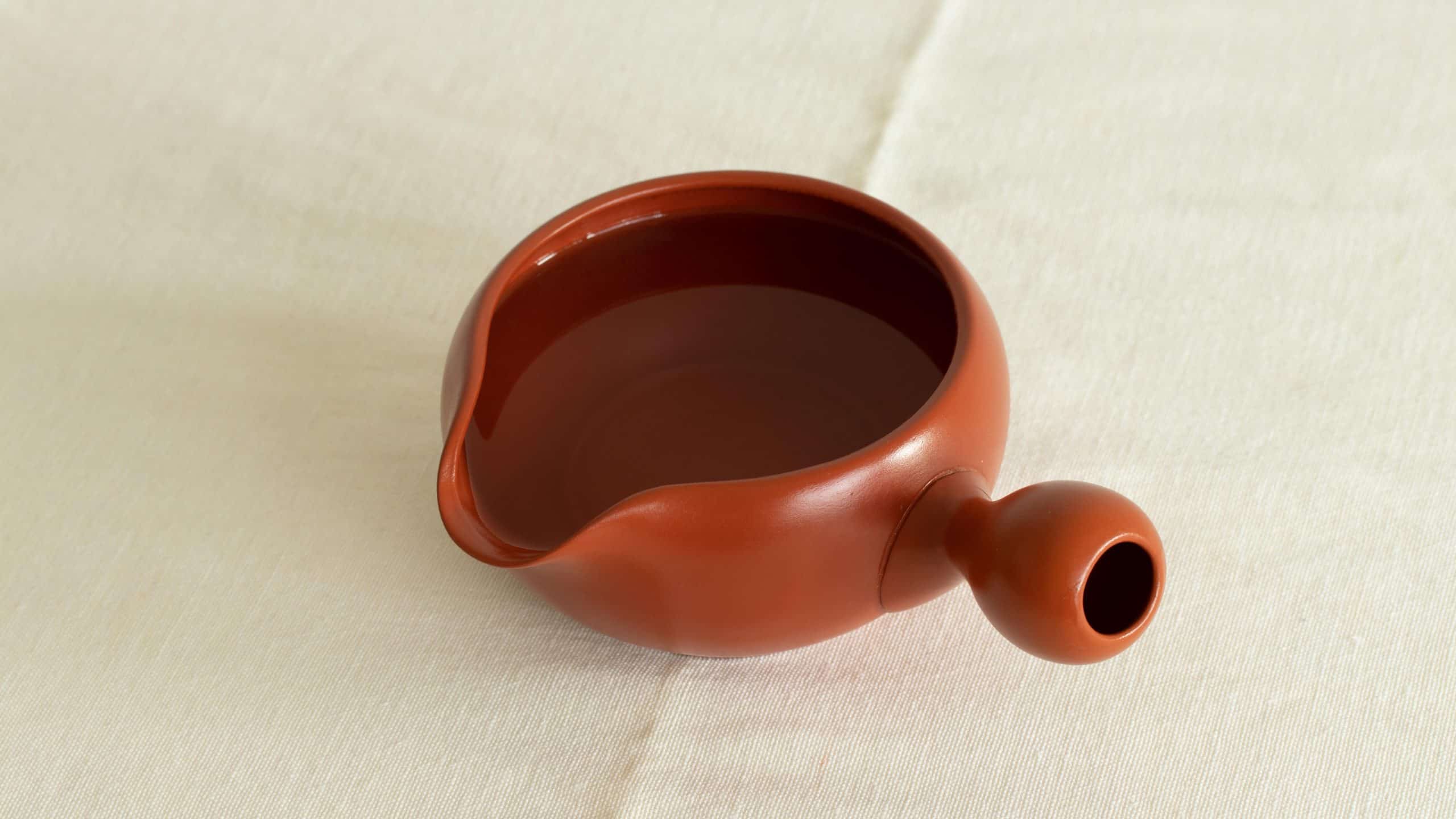
Use a variable temperature water kettle for best results
For best results, we recommend the use of an electric kettle with a variable temperature setting. Many brands now produce their own versions.
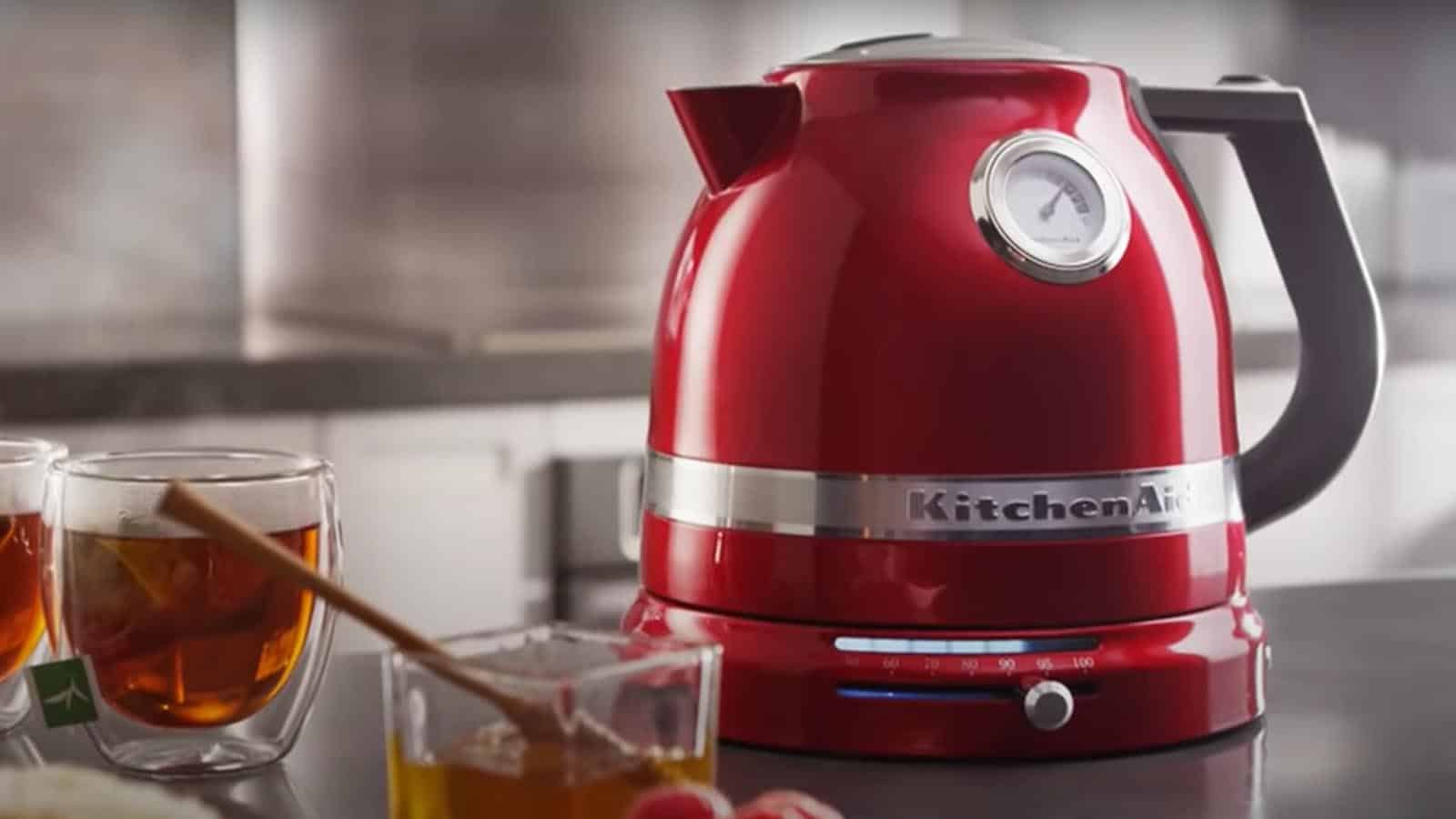
Frequently asked questions
Don’t see your question below? You are always welcome to email us or find us on facebook (/naokimatcha) or instagram (@naokimatcha).
Our matcha is tested for radiation and heavy metals by third party laboratories. The results are consistently in the negative. We always ensure that the tea estates we work with have rigorous compliance and safety testing procedures in place. If needed, these testing certificates are available upon request.
Sign up for our newsletter
Join hundreds of matcha lovers and receive discounts, pre-launch samples, delicious matcha recipes and tea knowledge.
We respect your privacy.
